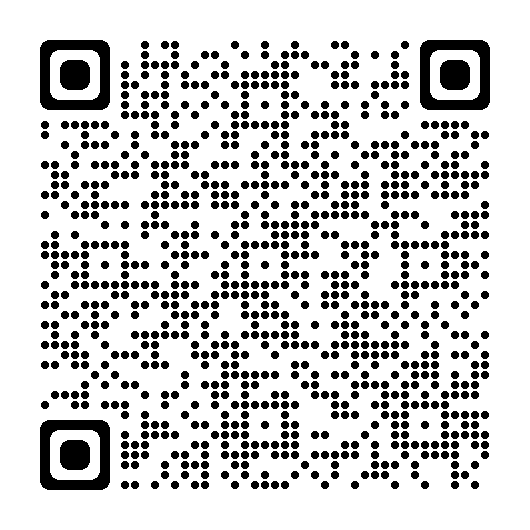Disaster RESources For Parents
Health Organizations agree when parents provide their milk to their infants, both are healthier with less risk of disease and death. Doing so becomes even more critical during disasters due to increased risk of exposure to disease in crowded conditions, lack of food and clean water, and increased difficulty keeping things clean.
Breast/Chestfeeding is considered safer than feeding expressed milk in a disaster, primarily due to the lack of clean water and spaces for saniitation. bottles and teats as well as pump parts. If an infant will or cannot eat at the breast, hand-expression is recommended over pumping and an essential skill in the setting of a disaster iif there is no electricity. Cup-feeding is preferred over bottles as they are much easier to clean. See the videos below of hand-expression and cup feeding as well as the suggested lists of items to prepare for an emergency.
Hand-expression video
Stanford University Newborn Nursery.
Cup feeding





